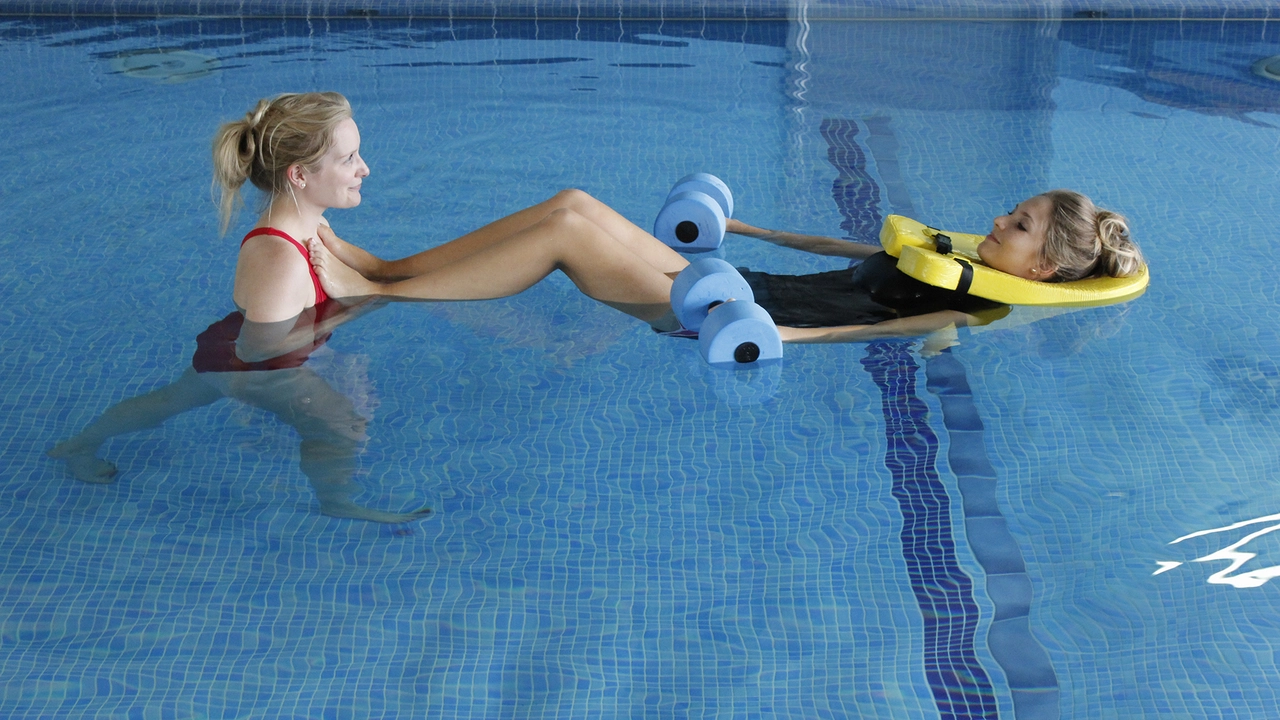Aquatic Therapy: What It Is and Why It Helps You
Ever wonder why pools are used for rehab? Aquatic therapy lets you move in warm water while the buoyancy takes pressure off joints. That means you can stretch, strengthen, and cardio‑train without the usual strain.
Top Benefits of Working Out in Water
The first thing most people notice is reduced pain. Water supports up to 90% of your weight, so even a sore knee feels lighter. Less impact also means lower risk of new injuries while you’re exercising.
Second, the water’s resistance works every muscle at once. Simple kicks, arm circles, or walking across the pool can give you a full‑body workout that burns calories and builds endurance faster than land exercises alone.
Third, warm water improves circulation. Better blood flow brings more oxygen to tissues, which speeds up healing. For anyone dealing with fertility issues, improved pelvic circulation can be a real plus.
Getting Started: Simple Aquatic Moves You Can Do Today
No fancy equipment needed—just a pool with a comfortable temperature (about 30‑33°C). Start with a gentle warm‑up: walk or jog in place for five minutes, letting the water move your legs naturally.
Try these three basic exercises:
- Leg lifts: Stand by the side, hold the rail, and lift one leg straight out. Switch sides after ten reps.
- Arm curls: Extend arms forward, pull water toward you, then release. Do two sets of fifteen.
- Water marching: Lift knees high while swinging opposite arms, like marching on land but slower.
Focus on breathing—inhale through the nose, exhale fully underwater if comfortable. Good breath control helps relax muscles and keeps your heart rate steady.
If you have a specific condition such as back pain or pelvic discomfort, ask a therapist for tailored moves. Many clinics offer short sessions that teach proper form and safety.
Remember to stay hydrated even though you’re in water; sip water before and after the session. A quick shower afterward washes off chlorine, which can irritate sensitive skin.
Aquatic therapy isn’t just for athletes or rehab patients—anyone looking for a low‑impact way to boost health can benefit. Give it a try once a week and notice how your joints feel lighter, your mood lifts, and your overall stamina improves.

The Benefits of Aquatic Therapy for Joint Pain Relief
As someone who has experienced joint pain, I can't help but share the amazing benefits of aquatic therapy for joint pain relief. The water's buoyancy helps reduce the impact on our joints, allowing for pain-free movement and exercise. Additionally, the water resistance aids in muscle strengthening and improved flexibility. The warmth of the water also promotes relaxation and increased blood circulation, which is great for healing. Overall, aquatic therapy has been a game changer for my joint pain, and I highly recommend it to others in similar situations.